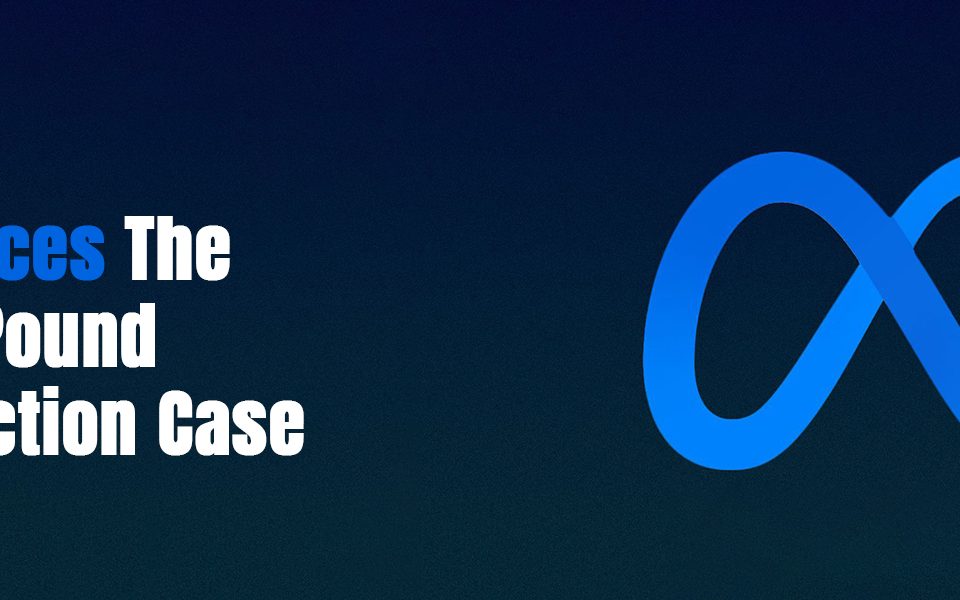
CM Android dev Flutter.9c02e273ebcd875d17b80037b2147c68cc0f5055dd3f1b9d663ebedec3d66ba7
In the past few years, the growing popularity of cross-platform mobile app development has been skyrocketed. As a reliable app development platform, it has been catering to the needs of forward-thinking businesses. Android and iOS have been the most famous platforms to build mobile apps. It is important to write different codes when you build apps on these popular platforms. However, with hybrid app development, you can save your time and effort.
Many different tools have been developed to build cross-platform development of apps. Your development team must be familiar with reliable web-based tools such as Xamarin developed by Microsoft, PhoneGap developed by Adobe, and React Native framework developed by Facebook. The developers have different opinions on whether they should use Flutter for cross-platform app development or not.
What is Flutter and Why Was It Developed?
Flutter is a crucial software development kit built specifically for mobile apps developed by Google. It has been created to build mobile applications for major app development platforms such as Android and iOS. Flutter is being used to create a new platform called Fuchsia, which Google is building.
Flutter is an open source framework that is free and offers a complete package of development tools, widgets, and frameworks. This helps the app developers to get a better experience and simplifies the process.
Although Flutter is a relatively new tool, some companies like Tencent and Alibaba have already used the technology to build mobile apps. Besides, Flutter is being used by Google in the app called ‘Google Ads’.
Flutter has helped many companies develop native-looking apps on Android and iOS, using the same code base. As a full product,
Important Facts about Flutter
- The UI elements of Flutter follows specific guidelines
- Flutter is an open source framework and is free of cost
- The architecture is entirely based on reactive programming
- The developers can greatly benefit from its highly customizable and fast widgets
- React Native app development is the main competitor of Flutter
Pros and Cons of Flutter
Before you start using Flutter to develop your business mobile apps, take a look at its pros and cons.
Pros of Flutter
Flutter has several advantages that entice app developers and business owners to prefer this framework. Here are a few major benefits of Flutter:
- Building Hybrid Apps
- Quick Prototyping
- Lesser Coding
- Widgets
Building Hybrid Apps
The same code base is used in Android and iOS apps that are used to built using Flutter framework. It is not crucial to build a particular system and then repeat a similar mechanism for the other. Apps that are created using Flutter can be equally effective on both Google and Apple platforms. The process requires less coding during which the development and business agencies can launch the apps on both the platforms at the same time.
Quick Prototyping
The major reload feature of Flutter is one of the biggest aspects which encourages the developers to use the framework. By using this feature, the developers can perceive any kind of change that is made to the code in real time. They don’t have to restart the app because the source code can be injected to the app directly under a running condition.
Lesser Coding
The Dart programming language that is used in Flutter app development is strongly typed and object-oriented in nature. When it comes to Flutter framework, the programming style is declarative and reactive. The JavaScript bridge is not required in Flutter that enhances the overall performance and startup time of the app.
Widgets
Irrespective of the screen size, the widgets should be having a natural look. These are required for the overall view and interface of the apps. The widgets should be readily customizable, extensible, and fast. Flutter has an enriched set of widgets which provides extensive capabilities to create complex and customized widgets. The widgets can be used for the app itself as well as for the entire screens. The documentation in Flutter shows that each widget comes as an absolute declaration of the user interface.
Cons of Flutter
The Flutter framework is relatively young and still growing. The Flutter toolkit comes with certain flaws which are as follows:
- Mobile-only Use
- Limitation in Libraries
- Size of the Apps
- Unstable Tool
Mobile-only Use
Mobile-only Use
Flutter has a restricted ability to cater only to mobile applications. Many web browsers do not support the Flutter framework. The reason when you choose this mechanism, this may have an impact on your decision. In case you are looking for optimal device flexibility, Flutter may not be the right choice for you.
Limitations in Libraries
Although Flutter has several important libraries, the framework is comparatively new. You might not find all the functionalities that you need. On the contrary, native apps come with all the functionalities in their SDKs. These include Twilio, Stripe and services like UStream and WoWza. Developers using Flutter need to develop these libraries, and this itself is a time-consuming affair.
Size of the Apps
The apps developed using Flutter are larger than 4 MB each. Although the Google team is working to optimize the size, this could be a concern for certain business houses, looking for small-sized apps. The inbuilt widgets in Flutter-made applications make their size larger.
Unstable Tool
Flutter is a new tool, and therefore, unstable. The developers are encountering new concerns, like failure to cope with changes in the user interface of the Android and iOS. Besides, some developers have claimed that Flutter needs to be further upgraded, so that it can handle large eCommerce applications.



